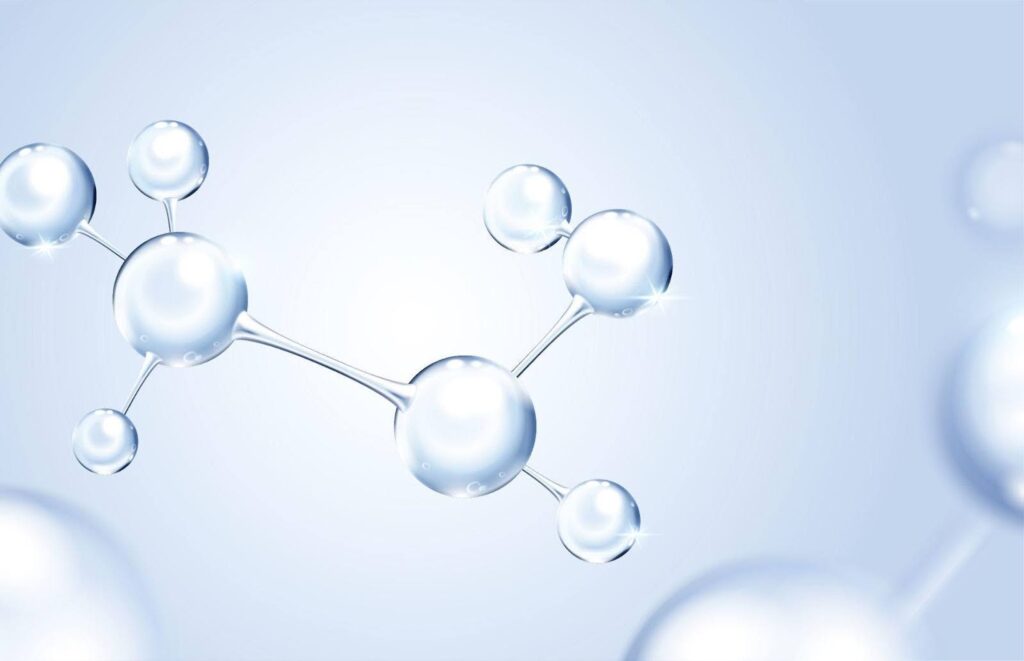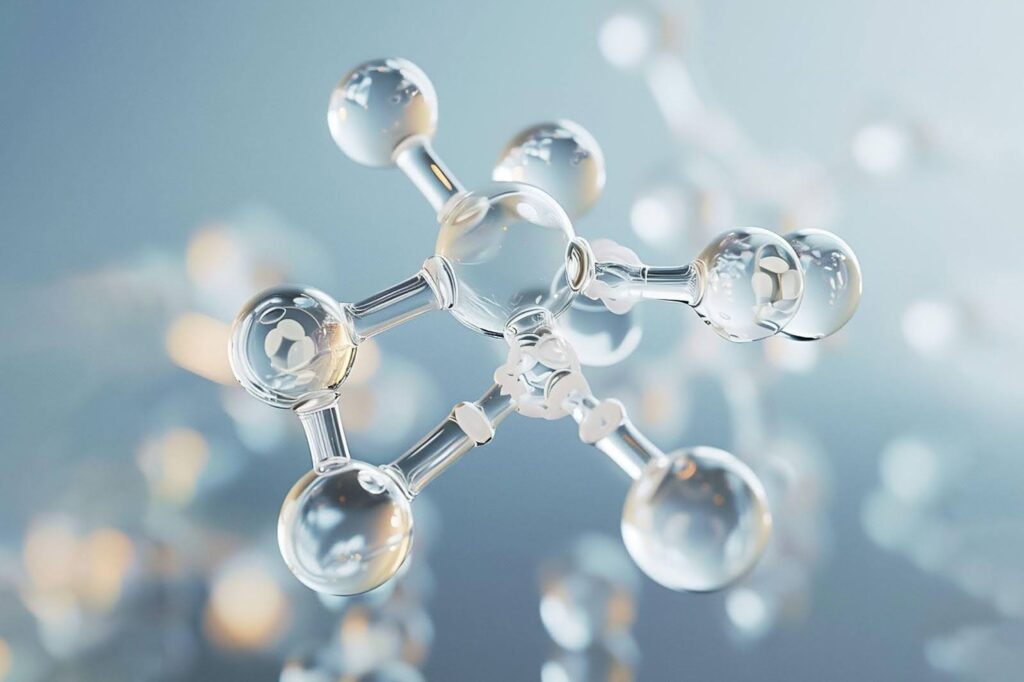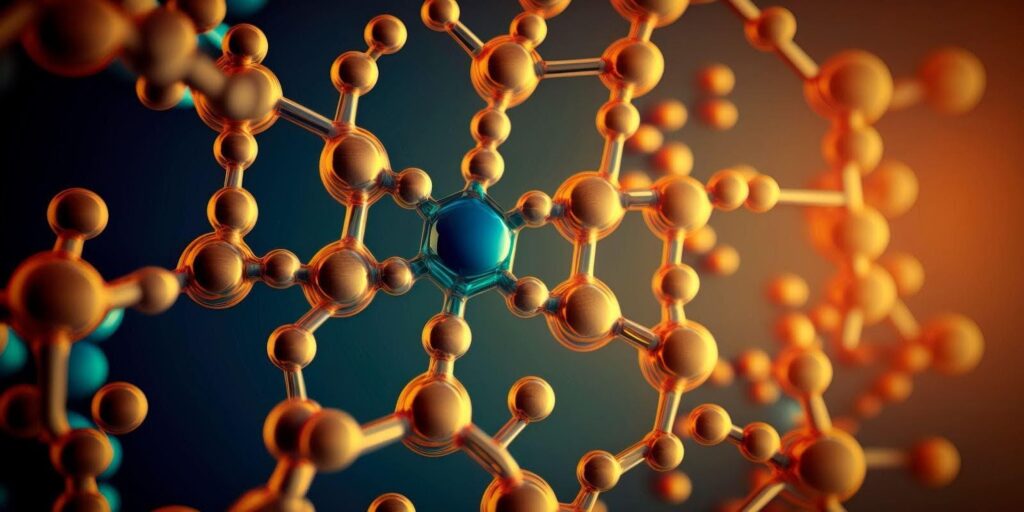Recovering from an injury is often a long and frustrating process, usually requiring a combination of rest, physical therapy, and proper nutrition.
While traditional methods matter, advancements in medical science now offer powerful solutions to accelerate healing and improve outcomes. One of the most promising options is peptide therapy, a cutting-edge approach that enhances the body’s natural ability to repair itself.
Peptide treatments work at the cellular level, stimulating tissue regeneration, reducing inflammation, and strengthening muscles, tendons, and ligaments.
Whether you’re recovering from a sports injury, surgery, or chronic pain, peptide injections significantly shorten recovery time and improve overall resilience. These treatments actively promote healing, making them a valuable addition to any recovery plan.
In this blog, we’ll explore how peptide therapy benefits injury recovery, the most effective peptides for healing, and how to incorporate them safely into your recovery routine. If you’re looking to get back on your feet faster and stronger, peptides could be the missing piece in your recovery journey.
What are peptides?
Peptides are short chains of amino acids, the essential building blocks of proteins. These tiny molecules play an important role in many biological functions, acting as messengers that signal cells to perform specific tasks, such as repairing tissues, producing hormones, and fighting inflammation.
In the context of injury recovery, peptide treatments harness these natural processes to accelerate healing and support overall wellness.
Unlike traditional medications that target symptoms, peptide therapy benefits the body by working at the cellular level. Different peptides trigger specific responses, such as boosting collagen production for joint and skin repair or enhancing muscle regeneration after an injury.
Because peptides already exist naturally in your body, peptide injections are generally well-tolerated and effective in promoting recovery without significant side effects.
Peptide treatments can be a game-changer for those recovering from injuries. Incorporating peptide injections into a recovery plan offers a more targeted, efficient approach to healing.

Key peptides for injury recovery
Several peptides have emerged as powerful tools for accelerating injury recovery. They can stimulate tissue repair, reduce inflammation, and promote overall healing.
Among the most effective peptide treatments for injury recovery are BPC-157, TB-500, CJC-1295, Ipamorelin, and GHK-Cu, each offering unique peptide therapy benefits tailored to different aspects of the healing process.
BPC-157
BPC-157, often referred to as the “Body Protection Compound,” is one of the most popular peptide injections for injury recovery.
Known for its regenerative properties, BPC-157 promotes the healing of tendons, ligaments, muscles, and even the gastrointestinal lining.
It works by increasing blood flow to the injured area, enhancing collagen production, and reducing inflammation. This allows tissues to rebuild faster and more efficiently. This makes it particularly useful for sports injuries, post-surgical recovery, and chronic joint pain.
TB-500
Another powerful peptide for injury recovery is TB-500. This peptide, derived from the naturally occurring protein thymosin beta-4, promotes cellular regeneration and improves tissue flexibility.
TB-500 enhances cell migration to the injured site, speeding up wound healing and muscle recovery. It is especially effective for soft tissue injuries, making it a popular choice among athletes and active individuals looking to recover quickly and avoid re-injury.
CJC-1295 and Ipamorelin
CJC-1295 and Ipamorelin are often used together to stimulate growth hormone production, a crucial factor in tissue repair and muscle recovery. These peptides only accelerate healing and improve sleep quality, which is essential for the body’s natural recovery process.
By boosting growth hormone levels, CJC-1295 and Ipamorelin support lean muscle growth, enhance joint health, and improve overall resilience after injury.
GHK-Cu (Copper peptide)
For skin, muscle, and connective tissue regeneration, GHK-Cu (Copper Peptide) stands out. This peptide promotes wound healing, reduces inflammation, and protects tissues from oxidative stress. It also supports collagen production, helping to rebuild the strength and elasticity of injured tissues.
These peptide injections work synergistically to create a comprehensive approach to injury recovery. By targeting inflammation, promoting cellular repair, and enhancing tissue resilience, peptide treatments speed up healing and help prevent future injuries.
With the wide range of peptide therapy benefits available, individuals recovering from injuries can enjoy a faster, more effective path back to full strength and mobility.
How to incorporate peptides into your recovery plan
Incorporating peptide treatments into your recovery plan may significantly enhance healing, reduce inflammation, and promote stronger, healthier tissues.
However, the key to maximizing peptide therapy benefits lies in using the right peptides, at the right dosage, and as part of a well-rounded recovery strategy. Here’s how to safely and effectively include peptide injections in your recovery journey.
Consult with a healthcare provider
The first step in incorporating peptides into your recovery plan is to consult with a healthcare professional experienced in peptide therapy. They can assess your specific injury, medical history, and recovery goals to recommend the most effective peptide treatments for your needs.
A personalized approach ensures you get the right peptides without risking side effects or interactions with other treatments.

Choose the right peptides for your injury
Different peptides target different aspects of healing. For tendon, ligament, and muscle injuries, BPC-157 and TB-500 are often the top choices due to their powerful tissue-regenerating properties.
If your recovery involves post-surgical healing or chronic inflammation, peptides like GHK-Cu can promote skin and connective tissue repair while reducing oxidative stress.
For those looking to enhance overall recovery and muscle regeneration, CJC-1295 and Ipamorelin can stimulate growth hormone production, further boosting the body’s ability to heal.
Understand administration methods
The most common way to use peptide injections for injury recovery is through subcutaneous injections, which involve injecting the peptide just under the skin. This method ensures optimal absorption and effectiveness.
Some peptides, like GHK-Cu, are also available in topical forms for skin and surface injuries, while oral peptides are available but generally less effective due to lower bioavailability. Your healthcare provider will guide you on the best method for your specific situation.
Follow proper dosage and timing
Peptide therapy works best when administered consistently and at the right dosage. Dosage recommendations vary depending on the type of peptide and the severity of the injury.
For example, BPC-157 is typically taken daily during the recovery period, while CJC-1295 and Ipamorelin are often administered several times a week to promote continuous growth hormone release. Your provider will create a schedule tailored to your recovery timeline.
Combine peptides with traditional recovery methods
While peptide injections offer significant peptide therapy benefits, they work best when combined with traditional recovery strategies. This includes rest, physical therapy, a balanced diet rich in protein and vitamins, and proper hydration. Peptides support cellular repair, but the body still needs the right nutrients and conditions to rebuild tissue effectively.
Monitor progress and adjust as needed
Throughout your recovery, it’s important to stay in touch with your healthcare provider. Regular check-ins allow for monitoring progress, adjusting peptide dosages if necessary, and ensuring that the peptides are working as intended without side effects. This personalized approach ensures a safe and effective recovery process.
Prioritize quality and safety
Finally, it is essential to source high-quality peptide treatments from reputable providers. Poor-quality peptides can be ineffective or even harmful. Your healthcare provider can recommend trusted sources, ensuring that you receive pharmaceutical-grade peptides that meet safety standards.
By incorporating peptide injections into your recovery plan alongside traditional therapies, you can experience faster healing, reduced inflammation, and stronger tissues, allowing you to get back to your daily activities with confidence.
The peptide therapy benefits extend beyond injury recovery, supporting overall wellness, muscle health, and resilience against future injuries.

Combining peptide therapy with traditional recovery methods
Physical therapy and exercise
Peptide therapy stimulates tissue repair, but movement plays a critical role in strengthening those tissues. Working with a physical therapist ensures that the newly repaired muscles, tendons, and ligaments regain flexibility and function. Exercises tailored to your injury promote blood flow, reduce stiffness, and prevent future injuries.
Rest and sleep
Peptides like CJC-1295 and Ipamorelin not only promote tissue repair but also improve sleep quality. Sleep is when the body performs most of its healing, so getting adequate rest ensures you fully benefit from peptide therapy benefits while avoiding overexertion.
Nutrition and hydration
A balanced diet rich in protein, vitamins, and minerals supports tissue regeneration. Peptides like BPC-157 rely on essential nutrients to maximize their effects. Staying hydrated also keeps tissues pliable and promotes efficient recovery.
Stress management
Chronic stress can slow recovery by increasing inflammation. Mindfulness practices, breathing exercises, and light activities like yoga can complement peptide treatments, keeping your body in an optimal state for healing.
By combining peptide injections with these traditional recovery strategies, you create a comprehensive healing plan that addresses both short-term recovery and long-term resilience. This integrated approach ensures a faster, stronger return to your active lifestyle.
Peptide treatments for injuries at High West Medical
Why let injuries hold you back when you can accelerate your recovery with advanced peptide therapy?
At High West Medical, we specialize in personalized peptide treatments that support your body’s natural healing process. These treatments help you recover faster, reduce inflammation, and regain strength with confidence.
Whether you’re dealing with a sports injury, recovering from surgery, or struggling with chronic pain, our expert team is here to guide you toward a more effective and efficient recovery plan.
Our peptide injections are carefully selected based on your unique needs, ensuring that you receive the most effective treatment for your specific injury. These powerful treatments don’t mask pain — they actively promote tissue healing, strengthening your body and reducing the risk of re-injury.
At High West Medical, we believe recovery shouldn’t be a slow, frustrating process. Our compassionate, knowledgeable team will work with you every step of the way, ensuring your treatment is safe, effective, and tailored to your goals.
Whether you’re an athlete aiming to return to the game or someone simply wanting to regain mobility and comfort, we’re here to help you heal smarter, not harder.
Don’t wait for recovery to happen on its own — take charge of your healing journey with High West Medical’s peptide therapy. Contact us today to schedule a consultation and discover how peptide treatments can transform your recovery experience. With the right support, you can move beyond injury and get back to living life to the fullest.





